She looks like a black ghost, seamlessly floating across space. Cloth stretches from the top of her head to the tips of her toes. Her burqa reveals only one human feature to the world outside the garment: a pair of attentive eyes, darker than the garment itself, yet somehow tinged with golden brightness, like the sun reflecting off the desert mountains to the west. The eyes survey the scene and then they become locked with yours. Only a flash of contact feels like minutes. Time almost stops as you ponder the mystery of the moment. Then the third wheel of a motor rickshaw clips the edge of your shoe as it swerves around a stalled motorcycle. You vow not to break your concentration again. A holy cow, tall as you and wide as a water cart, safe in its sanctity, meditatively crosses the intersection of a thousand objects. He stops to graze over a heap of garbage and becomes an immovable obstacle in the stew of motor vehicles. A family of five (dad, mom, and three children—the youngest of whom is four months old and bound loosely in a shawl around mom’s neck) slowly maneuver a motor scooter around the cow’s backside. Not even air fills the spaces between their bodies. They brake hard, all thrusting forward in one motion, and so does every other small vehicle in the intersection, as they heed the deafening horn blast of the bus bouldering through. It looks like an antique, ten different colors as one chipped layer of paint gives way to the next. The front bumper, a massive piece of foreboding steel, clings to the frame of the bus by tangled wire. Sparks fly from the rear. As it lumbers by, you look through grease-smeared windows to the mob inside—nothing but bobbing heads, swaying in unison to the jar of each pothole. Bodies hang precariously from the opening that once was blocked by a door. A dozen men sit cross-legged on the roof. The bus passes from your vision and reveals the only larger object in the street. An elephant, bejeweled in stones and ornately painted in pink and green, carries a slight man wearing a matching turban. Bicycle wheels feverishly spin by the tree trunks that are the elephant’s legs. A street girl, of probably eight years, tugs at your shirt sleeve. She touches her mouth and her stomach. And then, like confetti in the wind, a group of women in saris catch the corner of your eye. The colors of their adornments are almost blinding. You think the orange sari might actually be on fire. They jump in a rickshaw and are swallowed by the bedlam. A group of monkeys walk the thin roofline of a nearby vaulted bazaar. A goat, bound by the neck with rope, sits and stands and sits again in the shadow of a parked car. A camel passes by, a wooden cart bound tightly over the hump on its back. The cart is carrying a life’s supply of an item you cannot identify. A fattened pig and a stray dog share the same roadside puddle, finding relief in the cooling properties of the mud. You are baffled by the presence of animals in a city of 2.6 million people, when you notice a wandering ascetic crossing the road in your direction. His beard is dreadlocked in crusty white tufts, offset greatly by his sundrenched and leathery skin. He has a strange glow that seems to rise above his outer layer of dirt. The glow exits mostly from his pale blue, cataract-riddled eyes. These eyes seem to look directly into your being, and you can’t help but wonder what he is seeing. You ready yourself for his remarks as he walks straight for you, and then he is gone, as if he visited you only in a dream.
Call it your spirit, call it your soul, call it your consciousness of self; whatever name you have for the inner most part of your being, the section of your gut that represents your existence, the private part that you share only with likeminded people, the deepest depth of the place where your mind and heart are intertwined—this is the place that is moved by the scene before you. It is a change you can feel, it is physical. First, this place within you is shaken awake. It springs to awareness as if a bucket of cold water has been thrown on its head. It opens itself to the violence, the mayhem and the tension, the woven chaos. It swallows the scene whole, and digests. Then, in the next breath, miraculously and inexplicably, this place within you is overcome with peace. At first, you reject the feeling. You don’t believe that this place within you could suggest serenity; the juxtaposition to the world outside is just too sharp. But then you realize, as you allow yourself to feel, this scene somehow touches the same inner chord as a silent view of the Swiss Alps. The madness before you evokes the spiritual effect of witnessing the day’s first ray of light. How this is possible, you may never know, but it is enough to move you to tears.
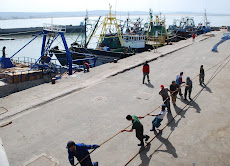
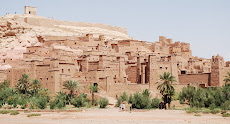
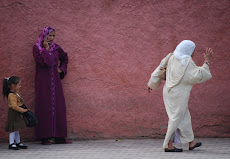
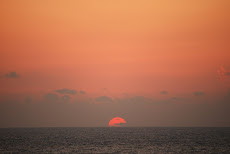


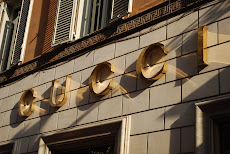
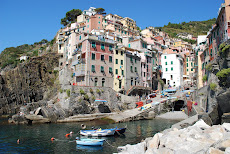
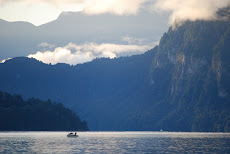



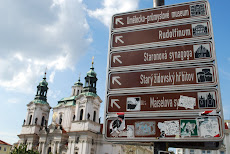
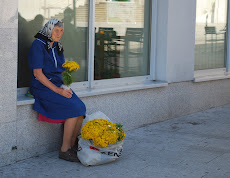
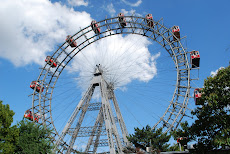

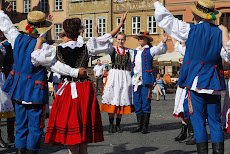
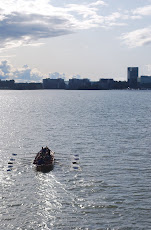



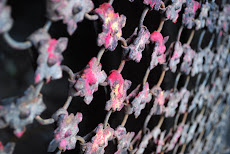
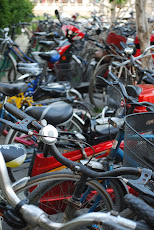
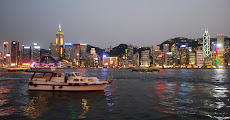

My own reaction to a trip to Delhi, Ludhiana and Bangalor was to say that it was a place of the most incredible contrasts I had ever felt in my life. A westernized four-star hotel our first few nights; gracious factory owners who brought in home-cooked meals for lunch; walking through a Delhi neighborhood where a cow wandered like a cat would here. This followed by totally incredible scenes of poverty mixed with grace just minutes away during the day. Mobbed by beggars of all ages; filthy neighborhoods; crowds ignoring young boys pelting each other with rocks on the train tracks at a station; rats scurrying along the wall in a restaurant; 3-legged dogs outside the worst local hotel I'd ever imagined; the constant din of car and truck horns; Like two completely separate worlds.
ReplyDeleteBarbara's cousin and her husband had just come back from a wedding celebration there and had pictures of the week-long festivities, overwhelming scenes of colorful people wonderful scenery. I asked if they'd been to the same India I'd been to. You know, the one between the Indian Ocean and China?
Casey............ Same emotions, but I think you said it just a bit better. :o)
Peter Jackel